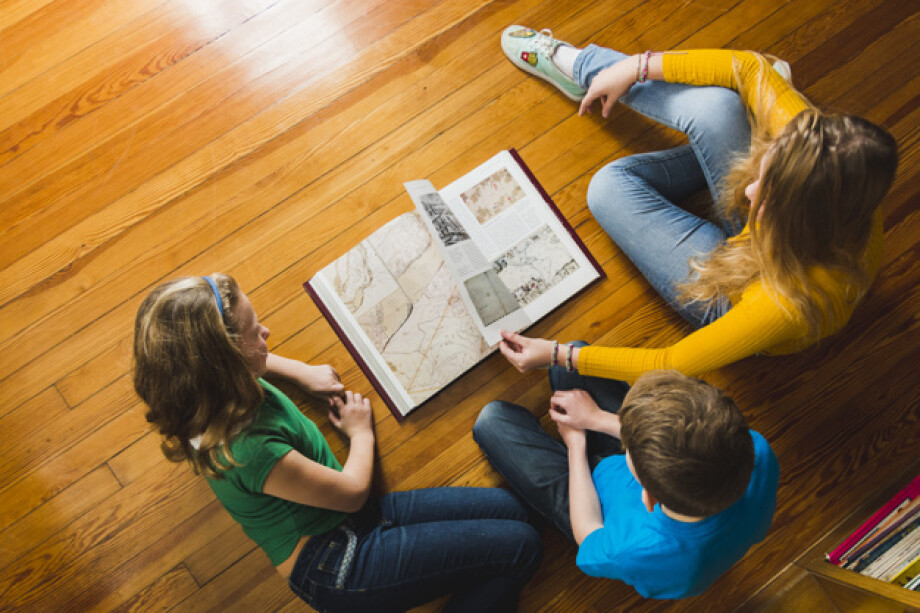If you don’t know how to vary activities in your class and how to enhance students’ comprehension, then shared reading is exactly for you.
What is it – ‘Shared Reading’?
Shared reading is an interactive way of reading literature; a teacher reads a book or a novel aloud (thus modelling the way students may read the book loudly and with expression) and students listen to the teacher and follow the text with their eyes either on individual copies or on the whiteboard. Oversized (big) books, which have big letters and big pictures, are also widely used in this activity with young learners.
Why is shared reading useful for your students?
- First of all, shared reading allows students to improve their listening skills as far as they listen not to their peers but to the teacher having good pronunciation;
- Students gain confidence since they do not play a leading role and learn vocabulary;
- Young learners enlarge their expressive vocabulary because each book has its own key vocabulary repeated multiple times during reading.
- Moreover, children become more interested in language learning and more motivated in case the teacher chooses the story for reading adapted to the students’ level and interests.
How to organize ‘Shared Reading’ in class effectively?
- Pre-reading stage. Show the cover of the book to the children and read the title. Let the students predict what the story will be about. Do not force students to answer in full sentences and do not correct the grammatical mistakes (if you do, do that in the right way). You may go through several pictures from the book and try to predict what is going to happen with the main characters.
Additionally, you may pre-teach the key vocabulary of the book through games and interactive activities.
- While-reading stage. Read the text aloud with expression and using appropriate tone and make the students follow the text. Make pauses after some paragraphs or chapters and ask questions like: “What do you think the character will do next?”, “What is going to happen next?”, “What would you do in this situation?” etc. Let the students retell the text. Give the students some time to read the story once more on their own or re-read it.
- Post-reading stage. Depending on the level of your students, propose them to make some crafts related to the story, draw the illustrations for it or role-play the dialogues between the main characters. Check the students’ understanding of the text in a fun and engaging way.
Here is an excellent example of Shared Reading activity with very young learners:
Here you may find a lesson plan for the book ‘Chicka, Chicka, Boom, Boom’. The activity with this book allows young students to learn the alphabet in a fun and engaging way and is well-suited for kindergarten language learners and first- or second-grade students.
You may find more tips, video-examples, and materials on Shared reading on Good Reads, YouTube, LearnEnglish Kids.
We hope that our article will help you in your classroom experience and Shared Reading will become a common practice for you.






 Анна Тетерина
Анна Тетерина 
 Мария Коврова
Мария Коврова 
 Александра Лунева
Александра Лунева 
 Мария Лазарева
Мария Лазарева 
 Анастасия Яковлева
Анастасия Яковлева 
 Элизабет Мунтян
Элизабет Мунтян